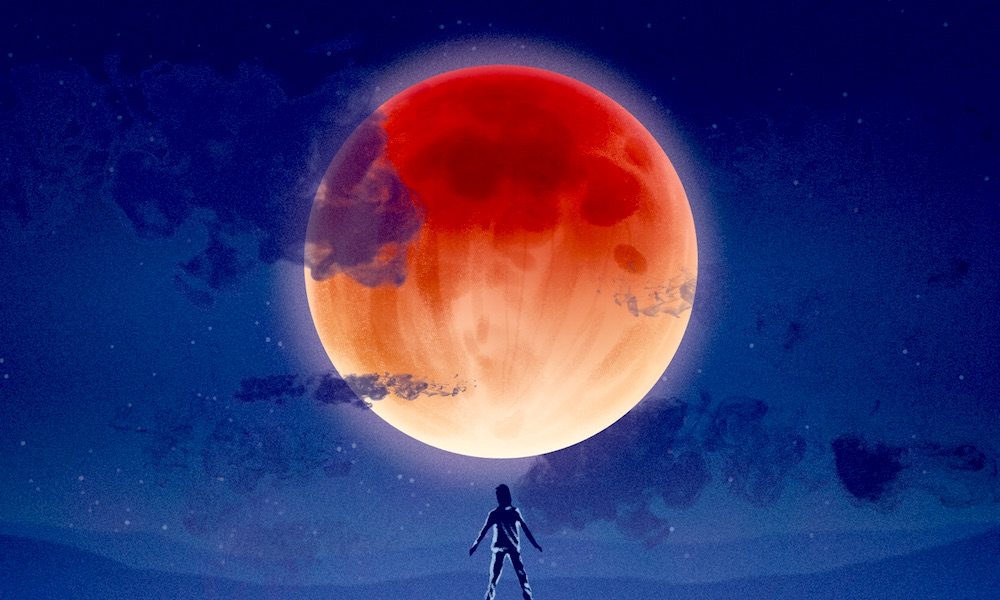How to See and Stream Wednesday’s ‘Super Blue Blood Moon’

Toggle Dark Mode
During the early morning hours of Jan. 31, an extremely rare celestial event will take place — and it’s probably a once-in-a-lifetime event.
“Super blue blood moon” may sound like a straight-to-VHS werewolf film or an apocalyptic omen, but it’s actually what many are calling the incredibly rare phenomenon that will take place early Wednesday morning. But what is it exactly, and how can you see it for yourself? Here’s everything you need to know.
What Is a Super Blue Blood Moon?
What will make Wednesday’s “super blue blood moon” incredibly uncommon is that it’s a combination of a total lunar eclipse, a blue moon, and a blood moon.
While each of these celestial phenomena aren’t that rare on their own, the fact that all three will take place on the same night makes this a once-in-a-lifetime kind of event. But let’s break it down.
- Firstly, the “super” part. A supermoon is a full moon that occurs at the perigee — when the moon is at its closest point of orbit with Earth. The result is that the moon will look unusually large and bright. This time around, NASA predicts that the moon will be about 14 percent brighter than normal.
- Secondly, there’s the “blue moon” aspect of the trifecta. Chances are, you’ve heard the phrase “once in a blue moon.” The well-known saying is actually the name for a fairly uncommon event: when there are two full moons within a single calendar month. The second full moon of the month is the “blue moon.”
- Lastly, there’s the “blood” moniker. Unlike a super or blue moon, there’s no scientific definition for a “blood moon.” But it’s a common moniker for a phenomenon that occurs during a total lunar eclipse. Specifically, it describes faint red sunbeams that “peak” around the edges of the moon, casting the lunar body in a coppery red light.
How to See the Super Blue Blood Moon
Unfortunately, if you’re in the U.S., the “super blue blood moon” will occur when most of the country is asleep.
For skywatchers in North America, Alaska or Hawaii, the event will happen before sunrise on Wednesday, NASA says. In the continental U.S., the best places to watch it will be California and western Canada.
Residents in the Pacific Standard time zone will be able to see a glimpse of the partial eclipse at around 3:48 a.m., for example. The total eclipse will last from 4:51 a.m. to 6:08 a.m. For a more detailed chart, check this link.
How to Stream the Super Blue Blood Moon
Of course, if you’re not likely to be up at that time, or if you’re in a time zone or region that’ll miss the event, you can stream it live or re-watch it later via YouTube or NASA livestream.






